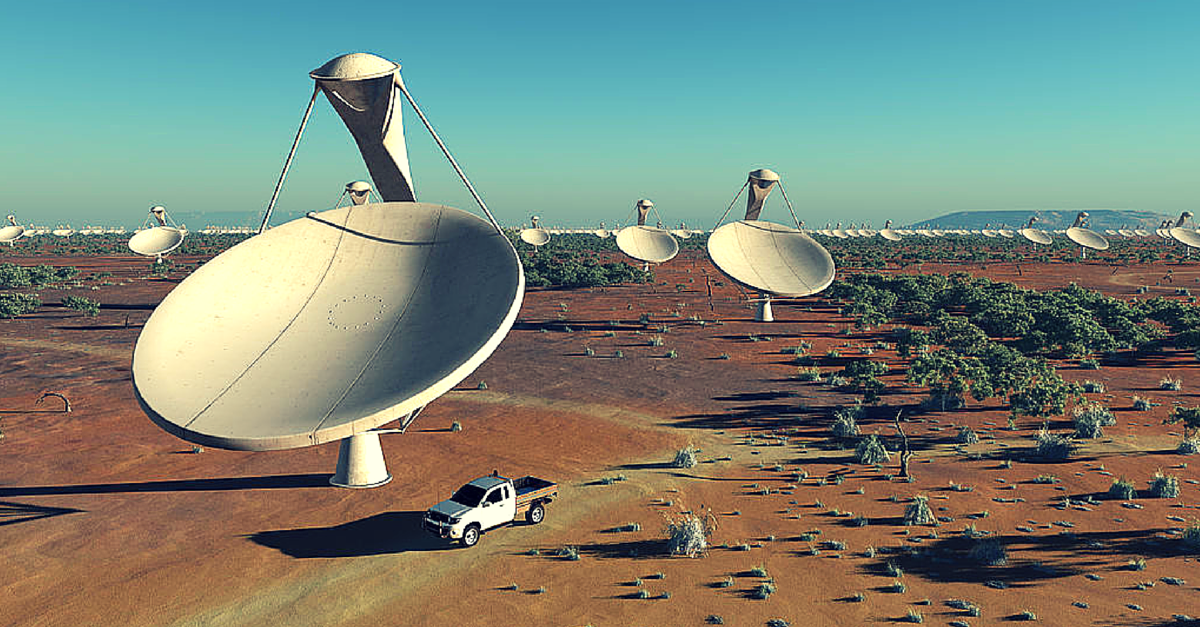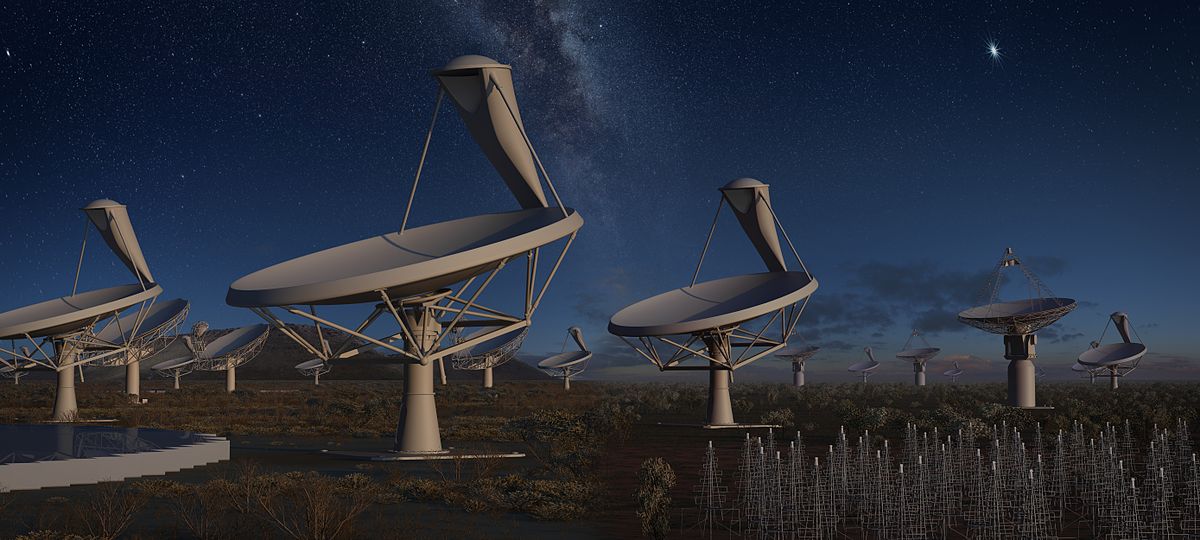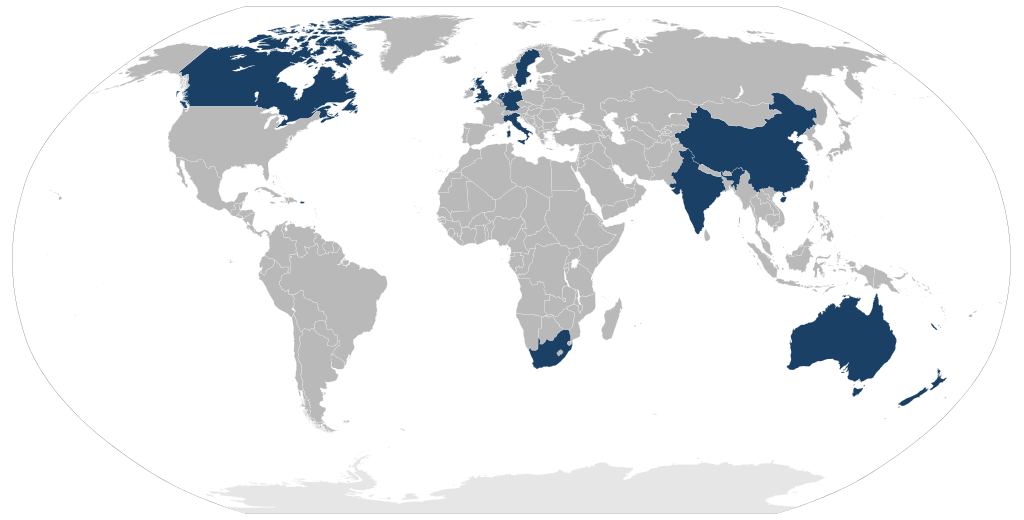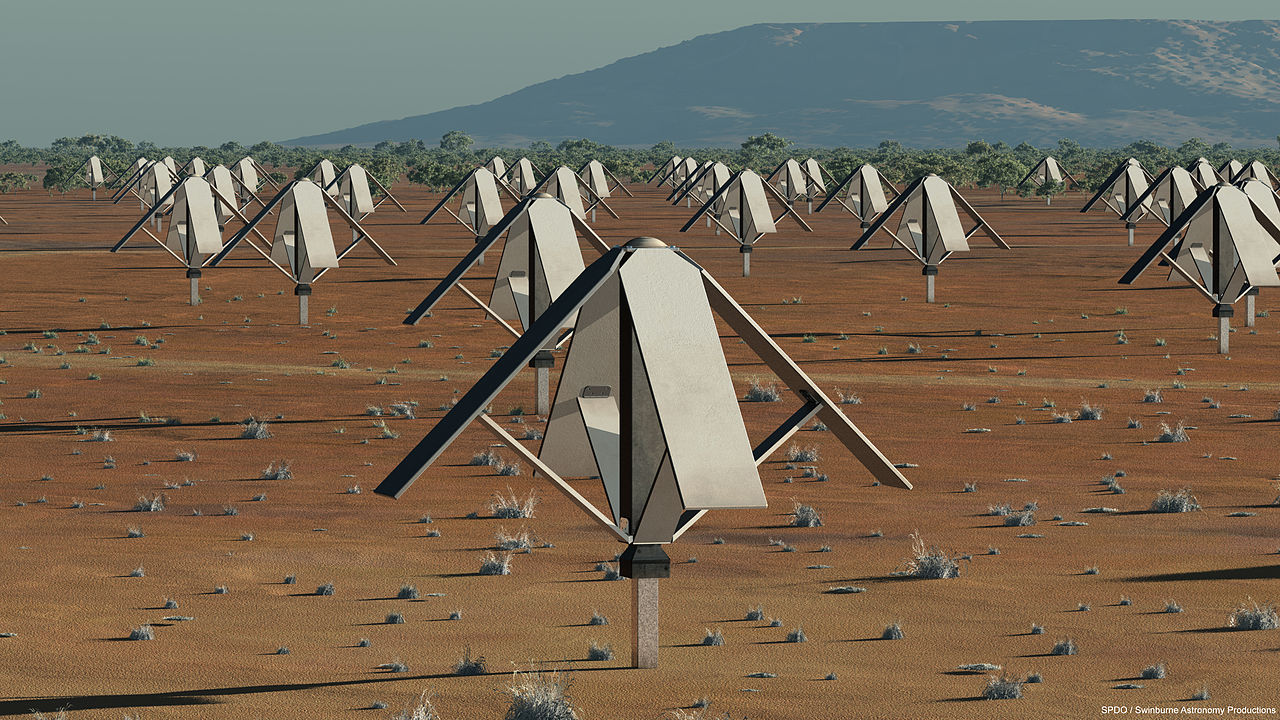10 Nations Are Building the World’s Largest Radio Telescope. India Is One of Them.
The Indian Government has signed the membership of SKA Organization, under the leadership of which, 10 nations are together building the world's largest radio telescope. Here are some interesting things about the project.

The Indian Government has signed the membership of SKA Organization, under the leadership of which, 10 nations are together building the world’s largest radio telescope. Here are some interesting things about the project.
India has joined nine other nations to build the world’s largest radio telescope – the Square Kilometre Array (SKA).
SKA is a radio telescope project to be built and co-located in Australia and South Africa. It is said to be an instrument so large that its size will span two continents, and so sensitive that it will be able to detect very faint radio signals emitted by cosmic sources billions of light years away from Earth.
Many Indian institutions, led by National Centre for Radio Astronomy (NCRA), Pune, will be involved in this project. The secretary of the Indian Department of Atomic Energy (DAE), Dr. R.K.Sinha signed the documents on behalf of the Government of India, in Mumbai, thereby formally becoming a part of the SKA project.
“We welcome India as part of the ongoing SKA project. India, via NCRA, has already been playing a significant role in the design phase of the telescope which will continue till 2017, and I look forward to continued involvement of India during the construction of the telescope, starting 2018. India has several decades of expertise in low frequency radio astronomy which is an added advantage,” said Professor Philip Diamond, Director General of the SKA Project.
Here are seven things to know about the SKA project.
1. The SKA project is led by UK based SKA Organization (SKAO).
It is a not-for-profit organization established in December 2011, with the purpose of coordinating all global activities of the SKA project, and formalising the relationship between all international partners.

2. The other nations involved in the project are Australia, Canada, China, Italy, the Netherlands, New Zealand, South Africa, Sweden, and the UK.

3. The idea behind the project is to build a radio telescope that will be tens of times more sensitive and hundreds of times faster at mapping the sky, when compared to the best radio astronomy facilities available today.

4. It will not be a single telescope but an array of different types of antennas spread across two continents, Australia and South Africa.
Radio signals are emitted by a large number of cosmic sources. A radio telescope consists of an antenna, receiver and a data recorder. The SKA will combine the signals received from thousands of small parabolic and dipole antennas spread over a distance of several thousand kilometres. The dipole antennas are capable of receiving very low frequencies and the parabolic antennas operate at higher frequencies. These antennas will simulate a single giant radio telescope with extremely high sensitivity.

5. Construction of Phase 1 will take place from 2018 to 2023, and early operations will begin in 2020.

6. The two main goals for the SKA would be to look for signals related to the birth of the first stars, and to test Albert Einstein’s general theory of relativity in regions of extreme gravity.
According to their website, “The SKA will be used to answer fundamental questions of science and about the laws of nature, such as: how did the Universe, and the stars and galaxies contained in it, form and evolve? Was Einstein’s theory of relativity correct? What is the nature of ‘dark matter’ and ‘dark energy’? What is the origin of cosmic magnetism? Is there life somewhere else in the Universe?”

7. Indian scientists have already been working on software packages of the telescope since 2013.
A decision on whether India will also contribute to the hardware and construction of the SKA is yet to be taken
Ceremony today for Indian govt joining @SKA_telescope. Dr R.K.Sinha (Secy Dept Atomic Energy) & me signing document: pic.twitter.com/rCN8GfZIIS— Phil Diamond (@SKA_DG) October 5, 2015
All Pictures: Wikipedia
Like this story? Or have something to share? Write to us: [email protected], or connect with us on Facebook and Twitter (@thebetterindia).

Similar Story

Want to Play a Role in Shaping India’s Climate Laws & Policies? Here’s a One-Stop Guide
Civis, a platform that enables citizens to participate in public consultations in the domain of environment and policy has released Climate Voices. This is a handbook and guide for Indians to participate in environmental law-making and play an active role in shaping our climate policies.
Read more >
If you found our stories insightful, informative, or even just enjoyable, we invite you to consider making a voluntary payment to support the work we do at The Better India. Your contribution helps us continue producing quality content that educates, inspires, and drives positive change.
Choose one of the payment options below for your contribution-
By paying for the stories you value, you directly contribute to sustaining our efforts focused on making a difference in the world. Together, let's ensure that impactful stories continue to be told and shared, enriching lives and communities alike.
Thank you for your support. Here are some frequently asked questions you might find helpful to know why you are contributing?


This story made me
-
97
-
121
-
89
-
167












